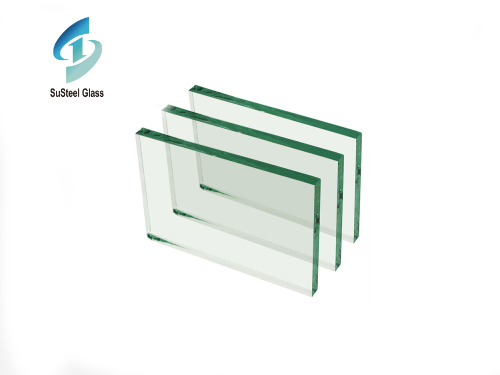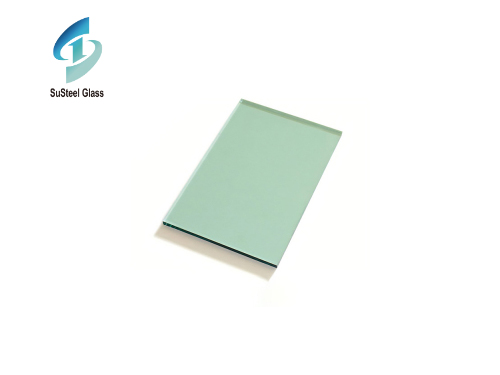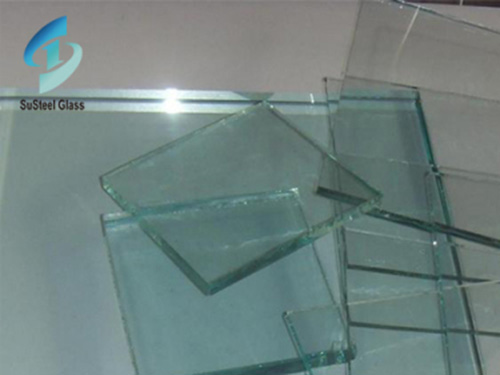
Ultra-thin glass substrate with very few defects and ultra-thin thickness, although it has a considerable degree of flexural ability, it still has the physical property of hard and brittle glass. In the process of processing, due to deformation and stress, it is easy to produce defects or make existing defects extend and expand, and finally lead to the fracture of the substrate. Therefore, in the process of process conversion, the ultrathin glass flexible substrate must have enough mechanical and mechanical reliability and impact tolerance, and it is required that the fragmentation is not easy to occur in the process of load transfer, in order to ensure the production yield of manufacturing, so how to improve the mechanical strength requirements of ultrathin glass, will be the most important key technology in the future application of ultrathin glass.
After mechanical or laser cutting, Micro-crack will form at the edge of the glass, and the existence of micro-crack will cause strong internal stress at the edge of the glass. Therefore, in the process conversion process, due to the influence of artificial treatment or improper external force, micro-crack growth may result in fragmentation. Therefore, the glass cutting technology with low damage and the edge grinding technology to reduce or even eliminate the damage after cutting are important keys to the success of the process.
Traditional glass cutting is to achieve the desired size by direct machining wheel knife, but the biggest problem of wheel knife cutting lies in the loss of the tool, especially in the face of the cutting of reinforced glass with high hardness, the tool loss is particularly serious; In addition, mechanical cutting will produce mechanical stress, and then cause edge damage, and with the thinner and thinner thickness of the substrate, all kinds of cracks caused by cutting increase rapidly, seriously affect the quality and yield of the cutting process, so after cutting must be matched with follow-up grinding, in order to reduce edge cracks; However, when the thickness of the ultra-thin glass is less than 0.2 mm, due to the relative fragility of the material, the use of mechanical cutting or edging method will be too narrow to control the force, so it is necessary to gradually introduce the laser process to solve the problem.
 High Purity Tin Ingot: Essential Uses and Key Advantages
High Purity Tin Ingot: Essential Uses and Key Advantages
 Burglar-Resistant Glass: Enhancing Security and Peace of Mind
Burglar-Resistant Glass: Enhancing Security and Peace of Mind
 Exploring the World of Green Tinted Glass Products: Versatility and Sustainability
Exploring the World of Green Tinted Glass Products: Versatility and Sustainability


